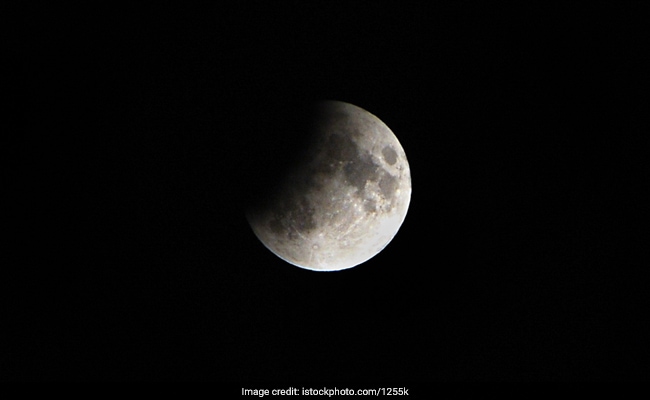Bring out your innermost astronomy enthusiast, as we gear up towards an interesting celestial occurrence. 5th June 2020 is the date when we will witness a lunar eclipse worldwide. This is the second of the four lunar eclipses scheduled to take place this year, according to the American space agency, National Aeronautics and Space Administration (NASA). The first one took place on 10th January, 2020, and there are two more scheduled to happen in 2020 itself.
There are three different kinds of lunar eclipses – total, partial and lunar – depending on how much of the moon passes through the Earth’s shadow. Lunar eclipse 2020 is of the third kind – meaning, it is a penumbral lunar eclipse. Thus, the Earth would place itself in between the Sun and the Moon, thereby casting a shadow on the moon’s surface due the Earth blocking the sun’s light.
Lunar Eclipse 2020: Date And Time
The penumbral lunar eclipse is slated to take place on 5th June 2020. It will last for three hours and nineteen minutes, beginning at 11:15PM on 5th June and ending 2:34AM on 6th June, according to timeanddate.com.
Lunar Eclipse In India And The World
The lunar eclipse 2020 will be visible to countries in the Eastern Hemisphere. This includes Eastern Africa, Europe, middle East, most of Southern Asia and Australia. Some parts of South America, Pacific and Antarctica will also be able to see this astronomical event. Indians can also witness the Chandra Grahan happening on 5th June 2020. Thus, lunar eclipse will be visible in India.
 Lunar Eclipse 2020: The eclipse will be visible in India.
Lunar Eclipse 2020: The eclipse will be visible in India.
Significance Of Lunar Eclipse Aka ‘Strawberry Moon’ Eclipse
The full moon in June is also nicknamed as ‘Strawberry Moon’. This is not because of the moon’s pink colour as many would wrongly assume, but rather due to a North American tradition, as per the experts. The full moon in June is said to take place at the same time as the harvest season of wild strawberries in the region, which is why the full moon during this period is iconically called the ‘Strawberry Moon’. It is also said to be a time for annual feasts and to welcome people home according to natives in the region. Thus, this lunar eclipse is being touted as the ‘Strawberry Moon’ Eclipse due to the period’s traditional association with strawberry harvesting.
How To Watch Lunar Eclipse 2020: Do’s And Dont’s
Phenomenons like lunar eclipse have always been surrounded with a number of myths and taboos, which are all false and scientifically baseless. For instance, some people associate the period of lunar eclipse with harmful radiation that may cause harm to their body. Other people suggest that eating or drinking during the period of a lunar eclipse should be strictly prohibited. These are all unscientific myths that are completely untrue.
(Also Read: A Clinical Nutritionist Shares Facts Around Lunar Eclipse)
 Lunar Eclipse 2020 being witnessed across the Eastern Hemisphere.
Lunar Eclipse 2020 being witnessed across the Eastern Hemisphere.
As for if you want to watch the lunar eclipse 2020 with your own bare eyes, as no special equipment is required for the same. It is, however, suggested to use binoculars or telescope for better results.
When Are The Next Astronomical Events?
There are two more lunar eclipses slated to happen this year, on 5th July and 30th November, 2020. Apart from this, there is a solar eclipse scheduled to take place on 5th July 2020. 20th June 2020 will also see the summer solstice, or the longest day of the year. So get ready to witness these astronomical marvels!
About Aditi AhujaAditi loves talking to and meeting like-minded foodies (especially the kind who like veg momos). Plus points if you get her bad jokes and sitcom references, or if you recommend a new place to eat at.
Source link

Be First to Comment